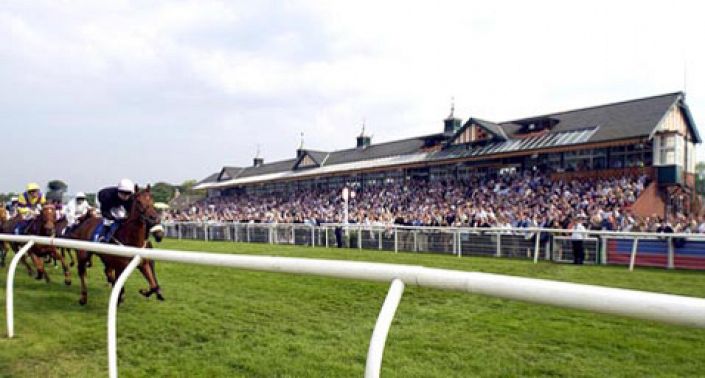29th Mar 2013 | Horse Racing
Musselburgh Draw Bias: 5f

We examine the draw bias on Musselburgh’s 5f track.
Track: Musselburgh
Distance: 5 Furlongs
Stalls: High
Summary: 30% disadvantage if drawn low in big fields, eleven or more places away from the stand’s rail.
Musselburgh has a straight 5f track, where the stalls are normally high. That means the highest stall is nearest to the stand’s side rail.
To overcome this problem we have called the highest stall (nearest the stand’s rail) stall ‘0’. From there we work across the track from highest to lowest. The bigger the minus number, the further away you are from the stand’s rail. e.g in a 10-runner race, stall 10 is against the stand’s rail and denoted as stall ‘0’.
Moving Average: Actual wins v Expected wins
(2008 to 2012)
Graph depicts number of actual wins above or below expected number of wins, when taking into account bookmaker margin. E.g. If a horse raced 10 times from stall one, each time with an SP of 9/1, you would expect 1 winner and the difference between actual & expected wins = 0
To get around the problem of a small sample size, I have used a moving average. This groups together adjacent stalls (two either side) as a block.
Conclusion: The track is fair until you are drawn low, 11 places away from the stand’s rail; then it becomes very difficult to win. For this to happen you need a field of at least 12 runners.
Odds correct at time of publishing: 10:54 29th Mar, 2013 but subject to change

